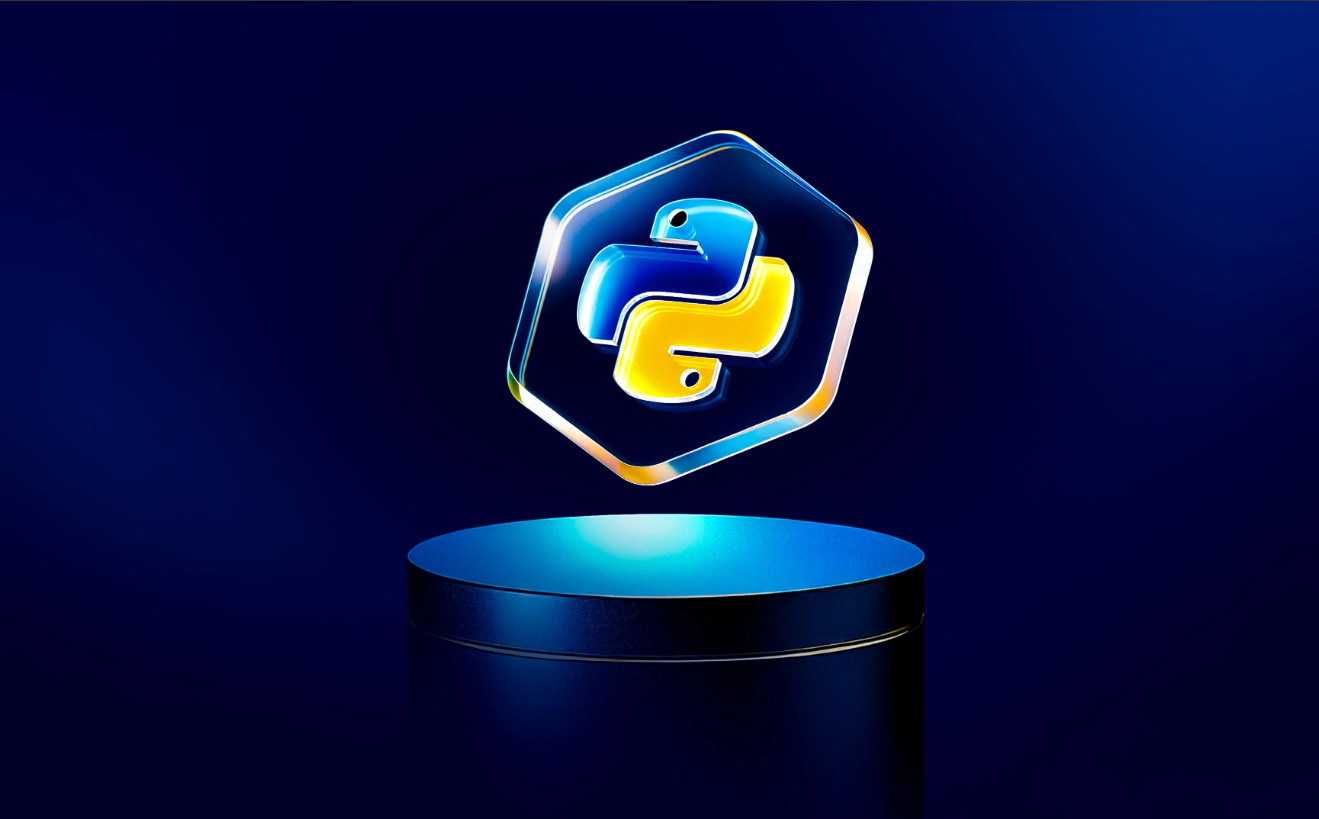Python Bokeh Assignment Help – Get Top Grades with Ease!

Python Bokeh Assignment Help – Get Top Grades with Ease!
Introduction
Struggling with your Python Bokeh assignment? 📊 Many students find it tricky to create interactive and visually appealing plots using Bokeh. But don’t worry! With the right guidance, you can master Bokeh and secure top grades.
This guide will explain what Bokeh is, the types of assignments you might encounter, how to structure them, and how to improve your work for better results. Plus, we’ll highlight common mistakes and how to avoid them. Let’s get started! 🚀
What is Bokeh?
Bokeh is a powerful Python library for creating interactive visualizations that work seamlessly in web applications. Unlike Matplotlib and Seaborn, Bokeh is designed for modern web browsers and can generate real-time, interactive plots with JavaScript under the hood.
Key Features of Bokeh:
- Interactive Plots: Enables zooming, panning, and tooltips.
- Web Integration: Can be embedded in websites and dashboards.
- Supports Large Datasets: Handles big data without performance issues.
- Multiple Output Formats: Can export as HTML, PNG, or SVG.
- Customizable: Allows styling, themes, and widgets.
Mastering Bokeh is essential for data science, business analytics, and web-based data visualization projects.
What Kind of Assignments Involve Bokeh?
Python Bokeh assignments usually focus on:
- Basic Data Visualization: Creating simple line, bar, and scatter plots.
- Interactive Dashboards: Developing dashboards with sliders and dropdowns.
- Time-Series Analysis: Visualizing trends over time.
- Geographical Mapping: Plotting data on maps using Bokeh.
- Data Streaming: Handling real-time data updates.
- Custom Layouts: Combining multiple plots in a grid or tabbed layout.
If your assignment involves interactive, web-friendly visualizations, chances are Bokeh is the best choice!
How to Get Good Grades in Bokeh Assignments 🎯
Here are some expert tips to ace your Bokeh assignments:
- Understand the Requirements: Read the assignment instructions carefully.
- Plan Before You Code: Outline what visualizations you need.
- Use Bokeh’s Built-in Tools: Leverage interactive features like tooltips and widgets.
- Write Clean and Modular Code: Organize your functions for readability.
- Optimize Performance: Use vectorized operations instead of loops.
- Enhance Visual Appeal: Apply themes, color palettes, and labels.
- Test Your Output: Run multiple test cases to ensure accuracy.
- Document Your Work: Add comments explaining each step.
- Cite Data Sources: Mention where your dataset comes from.
How to Structure a Bokeh Assignment 📚
A well-structured assignment improves readability and impresses evaluators. Follow this format:
1. Introduction
- Define the problem statement.
- Mention the dataset and its source.
2. Data Collection and Preprocessing
- Load the dataset using Pandas.
- Clean the data (handle missing values, remove duplicates).
3. Basic Data Visualization
- Create basic plots (line, bar, scatter, histogram).
- Customize labels, legends, and colors.
4. Interactive Features
- Add zooming, tooltips, and widgets.
- Implement dropdown filters and sliders.
5. Advanced Visualizations
- Use time-series plots, heatmaps, or network graphs.
- Integrate Bokeh with Flask/Django if required.
6. Conclusion
- Summarize key findings.
- Suggest further improvements.
How to Improve Your Bokeh Assignments
✅ Use High-Resolution Output
Export your plots in high quality for better readability.
✅ Add Interactivity
Make use of widgets like sliders, buttons, and dropdowns.
✅ Avoid Overcrowding
Keep visualizations simple and meaningful.
✅ Use Efficient Data Handling
Process only necessary data points to improve performance.
✅ Make Your Visuals Aesthetic
Apply Bokeh themes and consistent color palettes.
Common Mistakes to Avoid in Bokeh Assignments 🚫
- Overloading Plots with Too Much Data: Keep visualizations clean and focused.
- Forgetting to Use Interactivity: Bokeh’s strength is interactivity, so make use of it!
- Poor Layout Design: Organize multiple plots properly in a grid layout.
- Ignoring Tooltips: Tooltips enhance readability and usability.
- Hardcoding Values: Make your code flexible for different datasets.
- Not Optimizing Performance: Large datasets should be handled efficiently with
ColumnDataSource.
Most Asked Questions in Bokeh Assignments
🔹 How do I create a line plot in Bokeh? 🔹 How do I add tooltips to my visualizations? 🔹 How do I embed Bokeh plots in a web application? 🔹 How do I create a real-time updating graph in Bokeh? 🔹 What’s the difference between Bokeh and Matplotlib? 🔹 How do I make my Bokeh dashboard more interactive?
How I Can Help You Get Good Marks! 🎖
Need expert guidance for your Bokeh assignment? Here’s how I can help:
✅ Step-by-Step Explanations: I break down complex topics into easy-to-understand parts. ✅ Code Optimization: Get well-structured, efficient code that runs smoothly. ✅ Error Debugging: Stuck on a bug? I’ll help you fix it quickly! ✅ Customization: Personalize visualizations to match your requirements. ✅ Last-Minute Help: Urgent deadline? I’m here to assist!
Want expert help with your Python Bokeh assignment? Message me on WhatsApp now! 📲
Conclusion
Mastering Python Bokeh can set you apart in the world of data visualization. By following structured methods, avoiding common mistakes, and optimizing your assignments, you can secure top grades effortlessly.
If you’re facing difficulties with your Bokeh assignment, don’t hesitate to reach out for professional guidance! 🚀